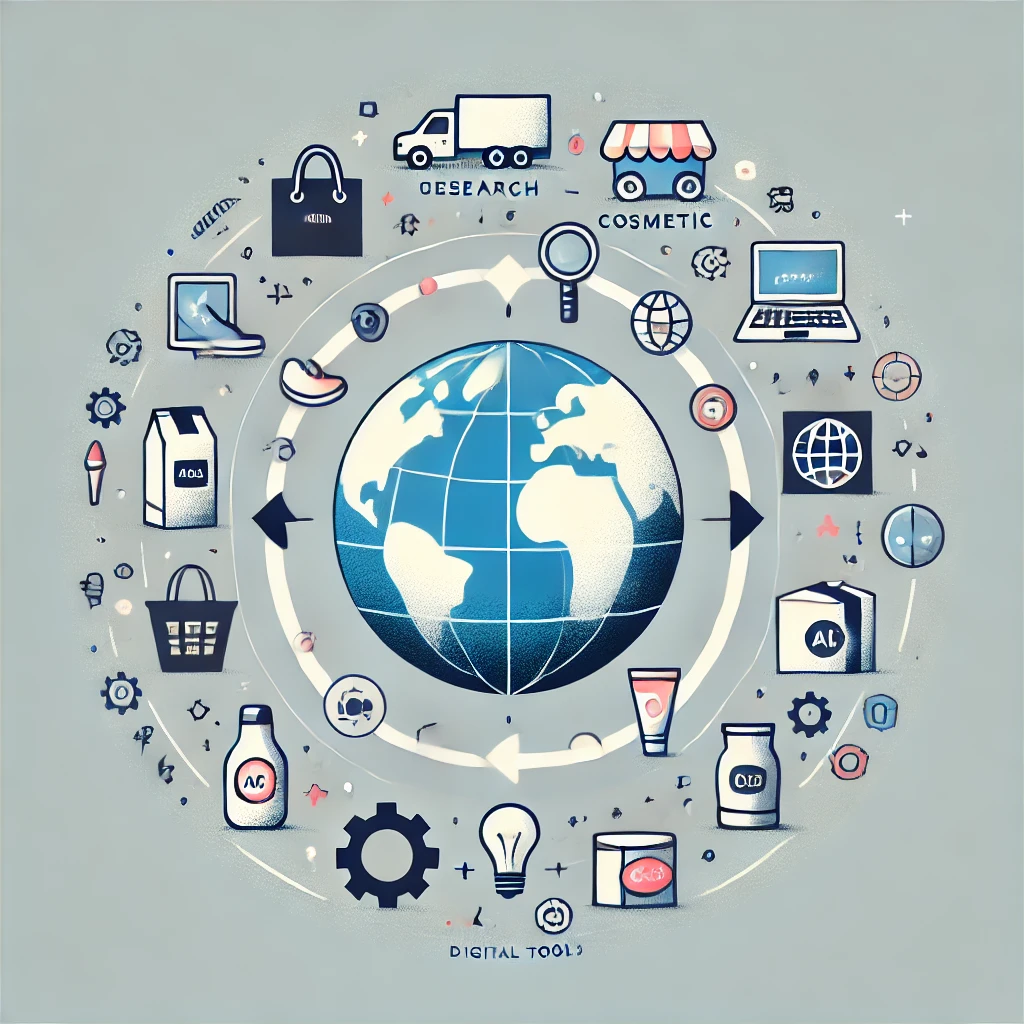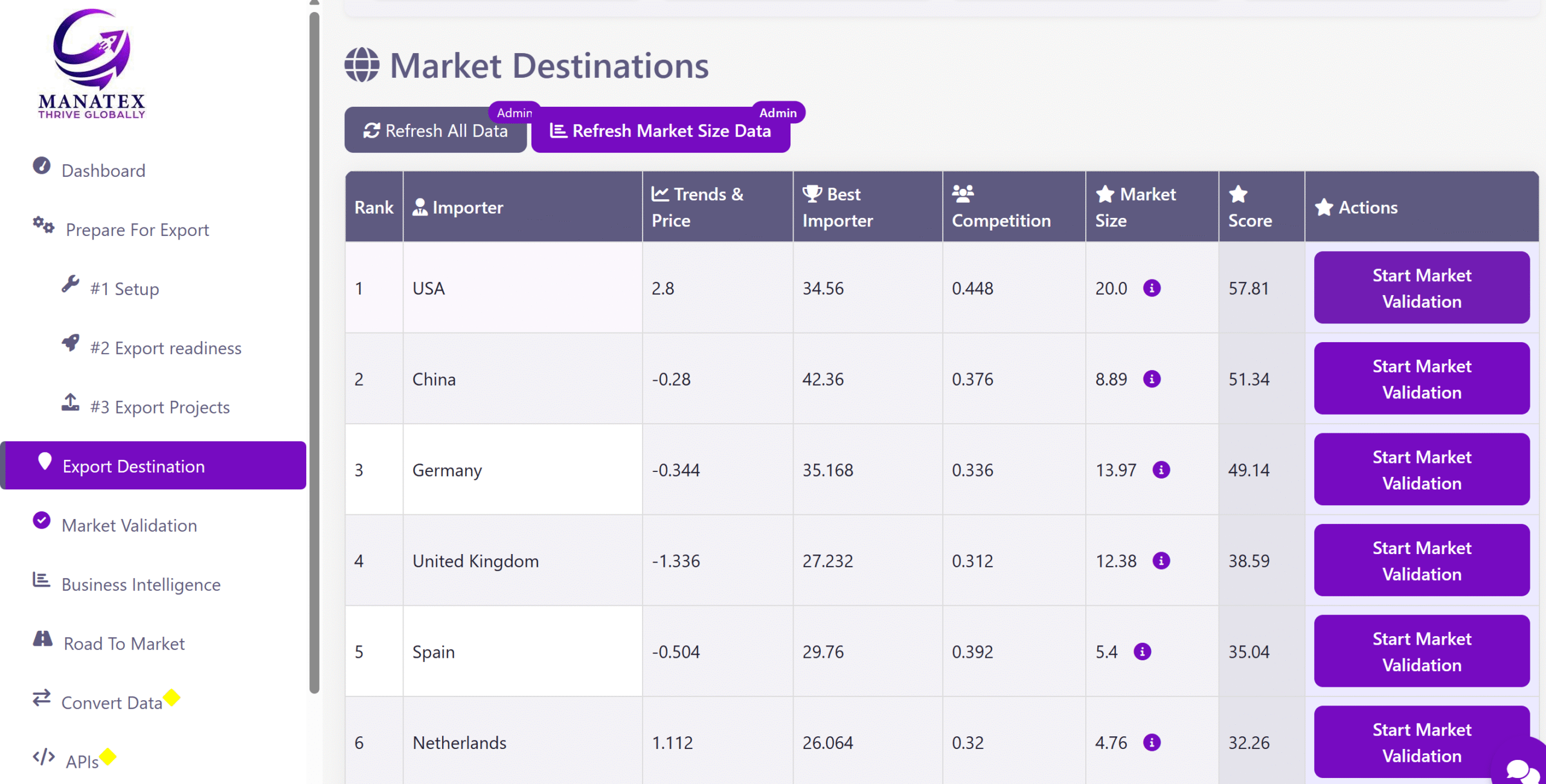Product customization for export growth has become a crucial strategy for businesses aiming to expand their international presence. By tailoring products to meet the specific needs and preferences of different regions, companies can significantly enhance their appeal to global consumers
As described in the previous article, the international trade approach was transformed in the course of history several times: from Amber and Silk Roads to Digital Marketplaces.
Along with this transformation, came the need to change the product for different markets just as gradually. Examples of customization can be found in industries ranging from consumer goods to trains and cars.
Customization strategy is most often seen as the opposite of standardization strategy. Here is the context of both approaches.
Standardization: Over the course of human society’s development, migration, trade, and cultural exchanges have all contributed to the generalization of standards. Religions have also spread across national boundaries, and transnational corporations, banks, and international organizations have developed along with the exchange of technology and other modernization-related developments. High levels of manufacturing internationalization and international division lead to economic standardization, which emerges and grows with the global market. The productive forces, the transportation system, the scale of production and exchange, the limited market, and the absence of a modern definition of a market were all underdeveloped in the feudal society.
Customization: contrary to the standardization strategy, customization (also known as adaptation) is a full privilege of modern society. The most common definition would be the following: This is a strategy used by businesses to adapt and change their current offerings to meet the needs and expectations of their target market. It’s a multi-phase process that involves various departments inside the organization, including marketing and research and development and begins with market research.
Why is market research needed here? The answer is obvious and simple. Because the product must become a good fit for the market. Among others, a company should do research on the following:
- Local regulations. For example: if some cosmetics ingredients are not allowed in the country of destination, then the product formula must be adjusted.
- Local consumer behavior. People in different countries consume/use different products in different ways. What in one country is just a commodity, in another is a very important part of the local culture (e.g. products such as tea, coffee, and chocolate).
- In fashion, automotive (and other transportation) industries, climate is an important factor to consider. For example, line-ups of footwear sold to Canada and Saudi Arabia should be different.
- Customer purchase power. Some producers change the packaging (size, material, etc.) or even the product itself to reach an audience with a lower purchase power in a new country.
- Quality and safety standards. Local legislation in some countries (e.g. EU member countries) can be very strict towards some product categories (e.g. products for children, pharmaceuticals, food). This means that companies that want to compete in these markets need to adjust their product quality to meet local standards.
The question is: how to do the research mentioned above?
To make sure that information is reliable and correct, one needs to find a good local market research or consultancy agency and ask to prepare a full report.
However, many local market aspects can be investigated with AI and modern digital tools. For example, producers of cosmetics that actively sell products abroad can utilize the Good Face Project tool. Research on local purchasing power can be done through open sources like the World Bank. Quality and safety standards can be preliminarily checked (at least to have an idea) with the help of gen.AI (e.g. ChatGPT). Example: to the question “What are the footwear quality and safety standards in Europe?” AI generates a list of norms and directives (e.g. EN ISO 20347)
All in all, before the company decides on global market penetration, the management should do the research explained above and assess all the capabilities to conclude, whether needed product adjustments can be made or not.





